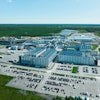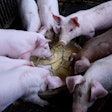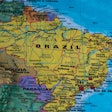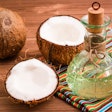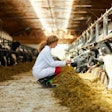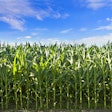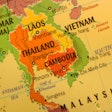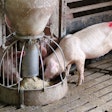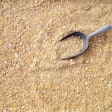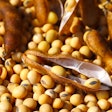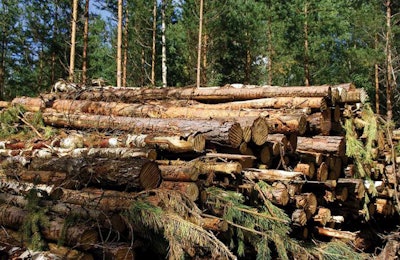
In certain Asian countries, a piglet feed is valued by its crude protein content — protein being the second most expensive nutrient after energy. In reality, any reduction of established levels of crude protein in feeds is perceived as an attempt by the manufacturer to reduce feed cost, leading to negative connotations.
This market reaction, right or wrong, is strong and well established. And although it is based on a valid concern on the part of the buyer, it causes an obstacle to creating low-protein (but adequate in all amino acids) diets to combat diarrhea. After all, excess dietary protein is what E. coli bacteria are waiting for to grow and thrive, leading to uncontrollable diarrheas. To this end, market re-education is required, but this is very time-consuming and hard to achieve.
A more direct approach is required, and, to this end, there are some initial indications that adding extra fiber (functional fibers) might cause enough growth of beneficial bacteria that will counterbalance the growth of pathogenic ones. Research is still limited but promising. Finding the right mixture of soluble and insoluble fibers, and the right amount of fermentable fiber, is going to require careful studying. Difficult, yes; impossible, no!
If you want to read more about this interesting topic, then you can do no better by starting at a recent article about high-fiber levels in high-protein diets that was published in the November/December 2015 issue of Pig International. Again, before we draw any quick conclusions, this is just an idea that is being investigated. Any input you might want to share would be greatly appreciated. Feel free to leave a comment below.

